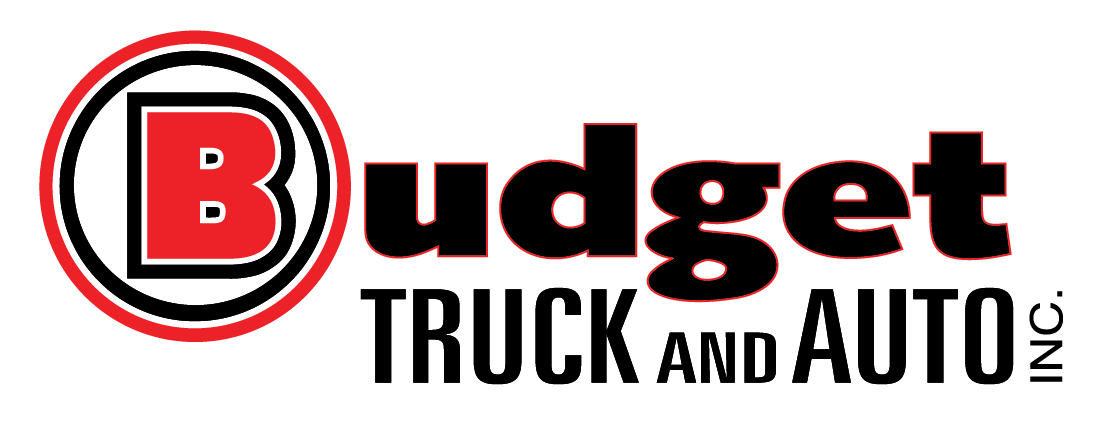Vehicle Wrap Care and Maintenance
Whether you already have a vinyl wrap on your vehicle or you are in the market for one, it’s important to take care of the wrap. By maintaining and caring for the wrap, you will increase the longevity of the wrap and keep the material looking good and holding up to the warranty specs and lifespan. Here’s some guidelines and procedures to follow to keep your wrap in tact!
Cleaning Graphics with an Overlaminate Film
Use a cleaner designed for high-quality painted surfaces. The cleaner must be wet, nonabrasive and without strong solvents.
Power Washing Exterior Graphics
Power washing or pressure washing, may be used. However, aggressive washing can damage the graphic. Excessive pressure during power washing can damage the graphic by allowing water to get underneath the graphic. Water lessens the adhesion of the graphic to the substrate allowing the graphic to lift or curl. These problems are magnified by wind. This is a critical problem for perforated window graphic film.
To avoid edge lifting or other damage to the graphics, follow these important steps:
Use a spray nozzle with a 40 wide spray pattern. Be sure the spray nozzle includes nozzle protector (tip guard). Use a pressure of 2000 psi or less. If the system is heated, limit the water temperature to 180° F or less. Hold nozzle at least 12 inches (300 mm) away from and perpendicular (90°+/-10) to the graphic. Do not direct the water stream at a sharp angle to the edge of the graphic.
Automatic Brush Washing
Automatic brush washing may be used but keep these two points in mind: Brushes can catch a loose edge of the graphic and cause further damage to the graphic. Brushes can dull the finish of the graphic.
Hand Washing Exterior Graphics
Flush the graphic with clean water to remove loose dirt particles. A trigger-type hose nozzle is convenient for this purpose. Use a mild liquid detergent and water solution wash the graphic with a soft brush, rag or sponge. Wash thoroughly form the top down. Avoid abrading the graphic by unnecessary scrubbing. After applying the cleaning solution, keep a steady stream of water flowing on the graphic to wash away dirt particles. Rinse the entire graphic thoroughly with clean water. Allow graphic to dry naturally.
Removing Difficult Contaminants
Some contaminants may remain after following the normal cleaning procedures. Most contaminants can be removed using one of these methods. Other cleaning products and methods should be used only on a customer test-and-approve basis. To remove tar, oil, diesel smut or bituminous material: Wipe with a rag dampened with mineral spirits, heptane, or naphtha. Don't use other solvents. Wash immediately with detergent and water, and then rinse with clean water.
To remove pollen and fungus
Wash the graphic with a 3% to 5% sodium hypochlorite (full-strength household bleach) solution or mild liquid detergent and water. Rinse with clean water immediately. To remove crayon, lipstick or similar materials: Select an appropriate solvent and test it in an inconspicuous area to ensure it removes the contaminant without damaging the graphic. This must be done on a customer test and approve basis. Wash immediately with mild liquid detergent and water, and then rinse with clean water. Hand Washing Interior Graphics Use a mild liquid detergent and water solution. Wash the graphic with a soft brush, rag, or sponge. Wash graphic thoroughly from the top down. Avoid abrading the graphic by unnecessary scrubbing. Wipe the graphic with a water-soaked brush, rag or sponge to wash away the detergent and dirt. Dry the graphic with clean toweling. Graphic Repair Sometimes graphic damage can be repaired; however, repaired graphics are not warranted. These procedures are for information only. Damage to Face of Graphic Trim and clean loose areas of film before patching. Use a film or sheeting with pressure-sensitive adhesive, if possible. The color or gloss of the new material will vary slightly due to weathering of the original material. Cut the patches so they overlap all sides of the damaged area by a least 1/4 inch (6.4mm). Position the patch over the damaged area. Hold in place at the top with a strip of Scotch Masking Tape. Remove the paper liner. Squeegee firmly into place using a plastic applicator. Use heat such as from a heat gun to heat all edges of the patch then re-squeegee all edges. Edge Damage Trim loose edges back to the point where the adhesive is firmly adhered to the substrate. Apply edge sealing, if desired. Edge sealant may help prevent further damage if the lifting is caused by aggressive washing conditions.
If you have any additional questions about your vehicle wrap or graphics, please contact Budget Truck and Auto's Vinyl Graphics Department at 608-756-0861.
